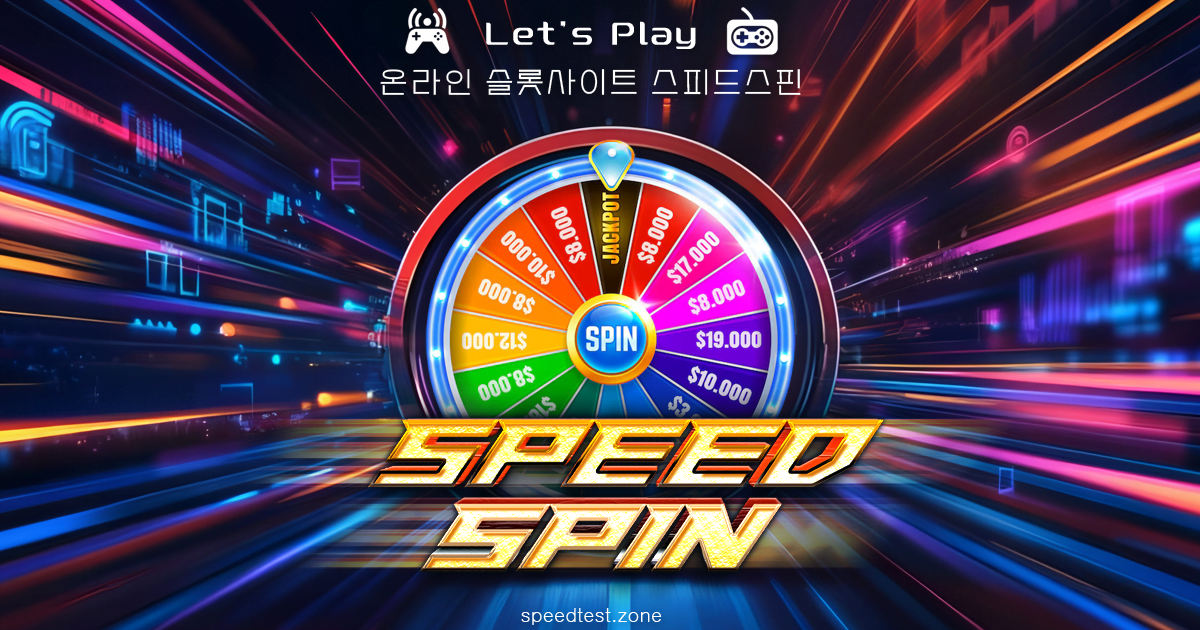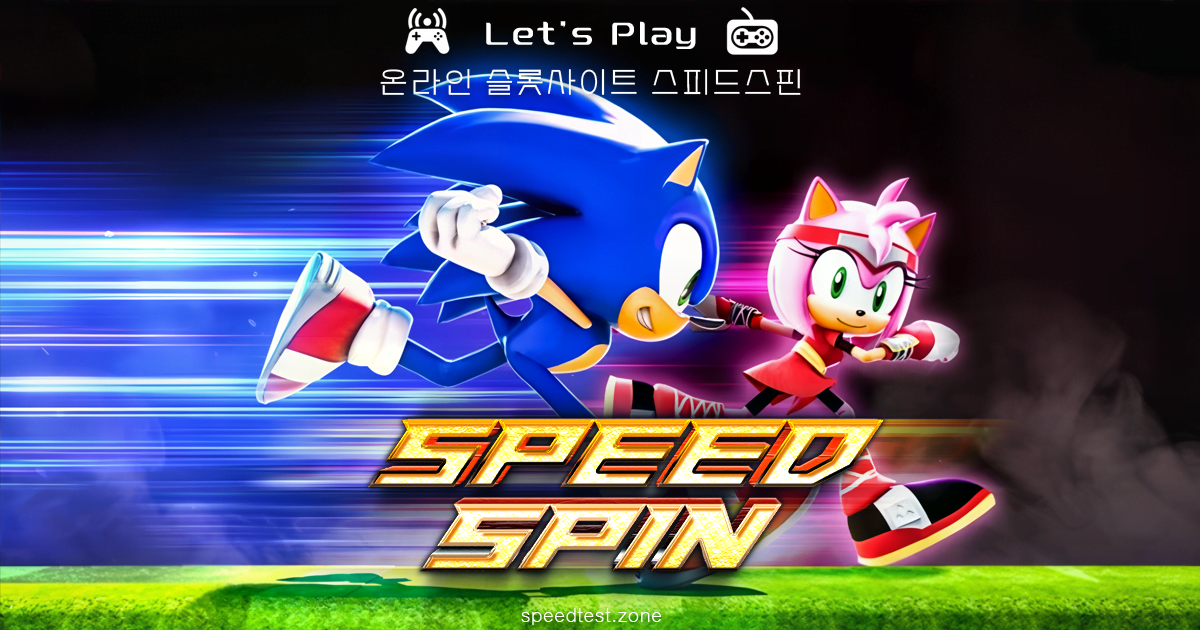슬롯사이트
슬롯사이트 온라인 슬롯 이용자가 가장 아쉬워하는 순간은 ‘출금 지연’입니다. 스핀드스핀은 평균 2 분 30 초의 빠른 출금과 더불어 2025 UKGC 원격 게이밍 라이선스 갱신(발급번호 #UK-2025-00257)을 완료해 안전놀이터로 인정받았습니다. 2024 Statista에 따르면 한국 온라인 슬롯 시장은 전년 대비 9 % 성장했고, 이용자의 63 %가 ‘출금 속도’를 최우선으로 꼽았습니다.
온라인 슬롯, 왜 스핀드스핀인가?
2024 eGaming Insight “User Journey Report”는 실시간 프리스핀 지급 정책이 잔존율을 18 % 높인다고 발표했습니다. 스핀드스핀은 매주 50회 프리스핀 패키지를 제공하며, Pragmatic Play·NetEnt·Play’n GO 등 30개 프로바이더의 평균 RTP 96.7 %를 보장합니다. 또한 ‘꽁머니’ 신규 프로모션(10,000 KRW)으로 처음 접속한 유저의 부담을 줄였습니다.
Pragmatic Play RTP와 프리스핀 정책
지난해 Pragmatic Play 공식 보고서(2024)에서는 전체 슬롯 평균 RTP가 96.5 %로 집계되었습니다. 스핀드스핀은 이를 반영해 Sweet Bonanza·Gates of Olympus 등 인기 타이틀에서 동일 수치를 적용, 슬롯사이트 평균 대비 0.2 % 높은 환수율을 제공합니다. 더불어 프리스핀 발동 빈도를 1/120에서 1/110으로 조정하여 보너스 체감률을 높였습니다.
추천 슬롯사이트 비교
| 사이트 | 첫 입금 보너스 | 평균 RTP | 출금 속도 | 특장점 | 추세 |
|---|---|---|---|---|---|
| 스핀드스핀 | 200 % + 꽁머니 1만 | 96.7 % | 2분 30초 | 24H 실시간 KYC | △ |
| 아이비슬롯 | 150 % 매치업 | 97.0 % | 3분 | 토너먼트 상금 월 3억 | ▽ |
| 스피드윈 | 100 % + 캐시백 10 % | 96.8 % | 2분 | 암호화 지갑 즉시 결제 | △ |
스핀드스핀의 보너스 구조
• 신규 가입: 첫 입금 200 % 매치 + 10,000 KRW 꽁머니 (2025-06-01 시작)
• 로열티 티어: 총 5단계, 월간 베팅액 500 만 KRW 달성 시 ‘플래티넘’ 진입
• 캐시백: 월 손실액의 12 % (2024 한국형 책임 베팅 가이드 준수)
주요 프로바이더 성능 분석
| 프로바이더 | 평균 RTP | 변동성 | 프리스핀 빈도 |
| Pragmatic Play | 96.5 % | 중~높음 | 1/110 |
| NetEnt | 96.4 % | 중간 | 1/115 |
| Play’n GO | 96.2 % | 중~높음 | 1/118 |
꿀팁: 초보·고수 공통 7가지 실전 전략
- 빠른 출금 확인 – 3분 이내 처리되는 사이트가 사기 피해율 0.05 %로 가장 낮음(2024 KISA).
- 환전 최소 단위를 적절히 설정(예: 20,000 KRW)해 과도한 소액 반복 출금을 피하기.
- 주간 한도 설정으로 ‘아차’ 베팅 방지 – 스핀드스핀은 주 50만 KRW 기본 한도.
- ‘꽁머니’ 사용 시 5배 롤오버 충족 후 출금 – 조건 체크로 불필요한 패널티 방지.
- 프리스핀은 변동성이 낮은 게임에 우선 사용해 손실 변동 완화.
- 가상화폐 결제 시 수수료(평균 0.8 %)보다 환율 변동(±1 %)을 우선 고려.
실시간 이용자 후기
• 2025-06-18, J**(서울): “Sweet Bonanza에서 12,300 KRW 당첨, 빠른 출금 2분 컷!”
• 2025-06-20, K**(부산): “프리스핀 50회로 480,000 KRW 적립. 티어 보상까지 한 번에 받았어요.”
• 2025-06-25, M**(대구): “라이브챗 대응 30초 이내, 해외 슬롯사이트 중 최상급 서비스!”
자주 묻는 질문(FAQ)
Q1. 스핀드스핀은 합법적인 라이선스를 보유했나요?
A1. 네, 2025 UKGC 원격 게이밍 라이선스(#UK-2025-00257)를 보유하고 있습니다.
Q2. ‘꽁머니’ 출금 조건은 무엇인가요?
A2. 5배 롤오버(베팅 금액) 달성 후 출금이 가능합니다.
Q3. 최소·최대 출금 한도는 어떻게 되나요?
A3. 최소 20,000 KRW, 최대 20,000,000 KRW이며, 빠른 출금 시스템으로 2분 30초 평균 처리됩니다.
Q4. 모바일에서도 모든 기능을 이용할 수 있나요?
A4. 네, PWA 구조로 설계되어 설치 없이 모바일 브라우저에서 동일 기능을 제공합니다.
Q5. 한국어 고객 지원 시간은?
A5. 연중무휴 24시간 라이브챗·카카오 상담이 가능합니다.
지금 바로 시작하세요!
“스핀드스핀에서 프리스핀 받기” 버튼을 눌러 첫 50회 프리스핀을 체험해 보세요.


